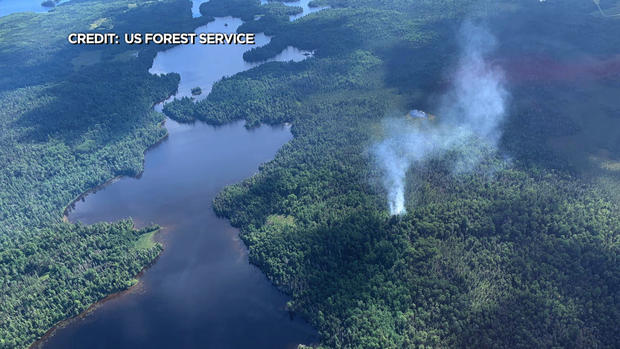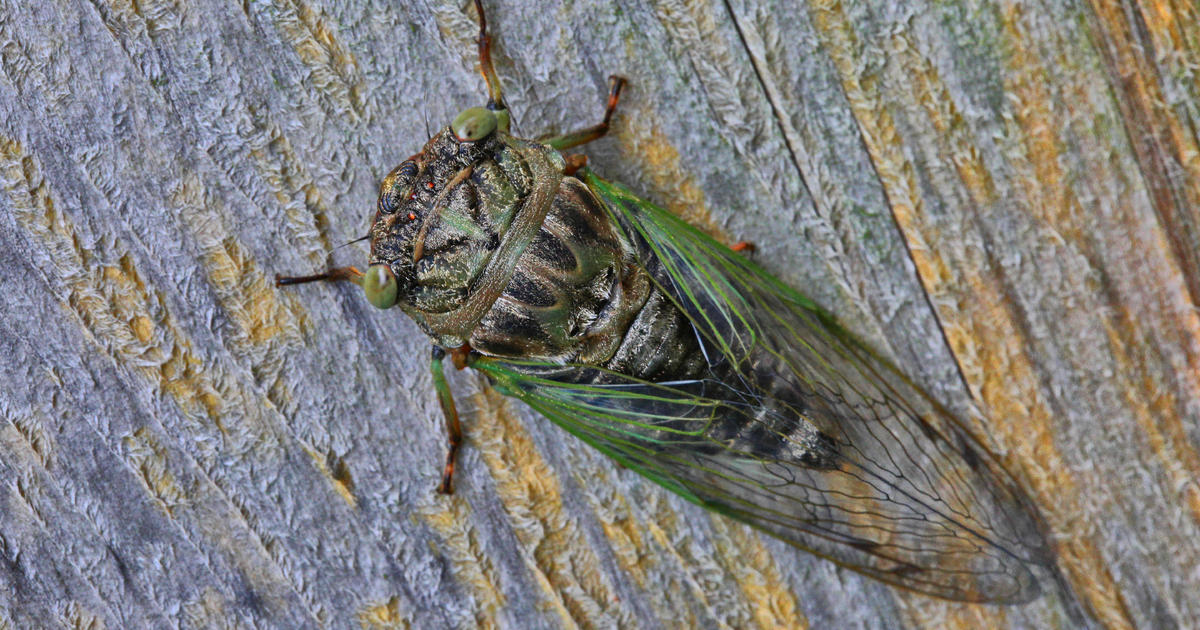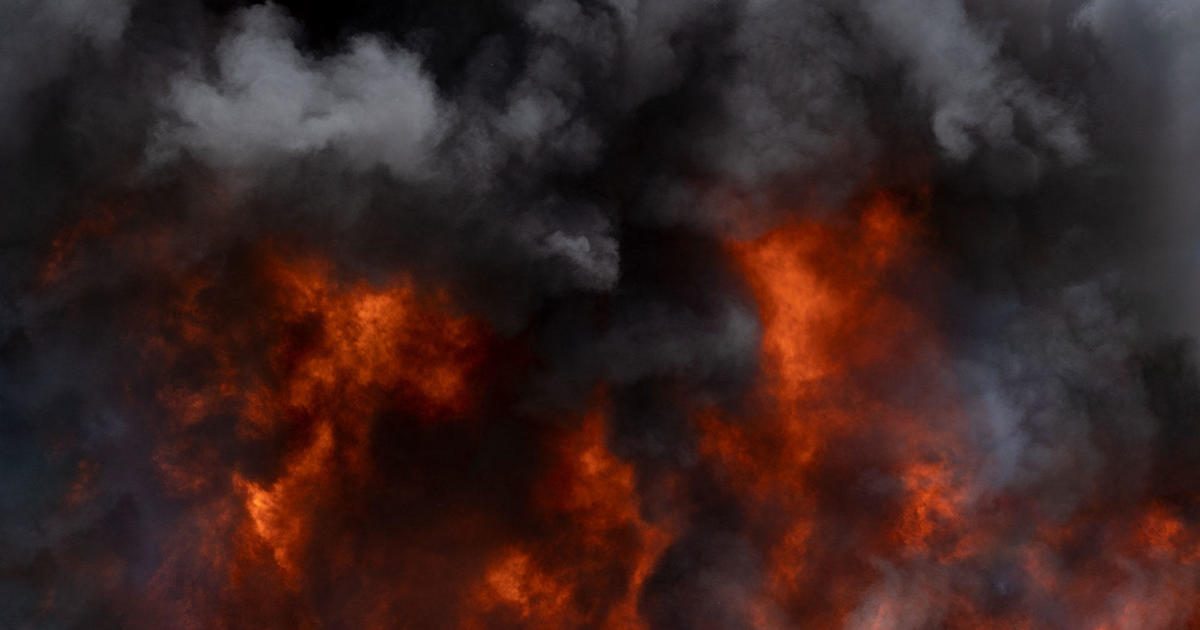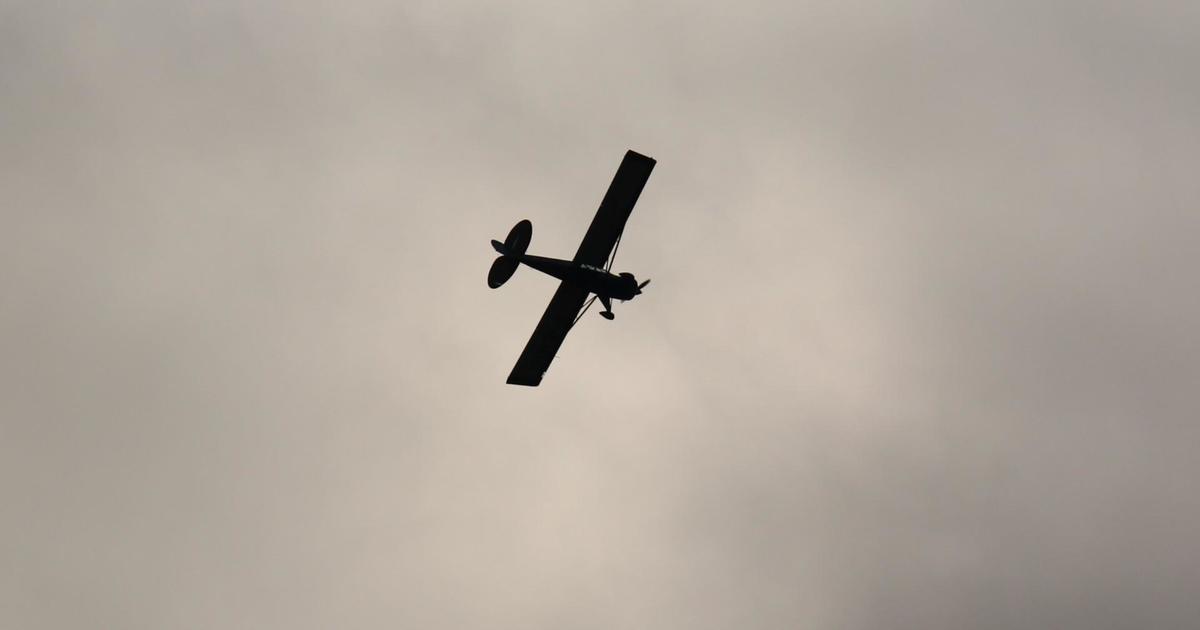Dry Air, Lightning To Blame For Latest Minnesota Wildfires
MINNEAPOLIS (WCCO) -- Crews are actively working to contain several wildfires in northern Minnesota.
The fires are located in Superior National Forest, including the Boundary Waters Canoe Area Wilderness (BWCA).
National Weather Service Meteorologist Ketzel Levens in Duluth said dry air and lightning are to blame for the latest wildfires. Fires named Delta and Astray were reported on July 7, and two additional fires named Picketts and Hassel were reported on July 8.
"I know that we're anywhere from 3-6 inches below normal precipitation for the year, which is a lot," said Levens. "I'm sure most folks know there's an air quality alert for much of northern Minnesota."
According to the U.S. Forest Service, the four fires started early this month. They range in size from a tenth of an acre to 62 acres, the largest being the Delta fire. Because the fires are located in Superior National Forest, the USFS jurisdiction is responsible to contain the fires.
"What the forest service will do is contain them and try to reach 100% containment, which doesn't mean it's out, it just means it's completely controlled," said Levens. "And then from there the forest service will allow it to burn out on its own."
The current status of containment isn't known yet. While the USFS and fire crews work on the fires, a number of lakes, campsites and portages are closed, including Kekekabic Trail East and Kekekabic Trail West/Snowbank.
Levens said you can tell heavy smoke is in the air by looking at the sun.
"Last night we had this deep, red, orange sun. It's an indication that some smoke is filtering out the sun," said Levens. "This morning you can see it, the sunrise was nearly pink, orange hue. The sky start to turn more opaque."
Levens said smoke is expected to stick around Sunday with winds expecting to switch directions Monday.
"Which is going to bring southerly winds back and so that will allow the smoke to be pushed back up into Canada, where much of our smoke is actually originating from," she said.
While communities wait for the wildfires to subside, Levens reminds people to pay attention to the drought status -- as fires can easily start.
If you're camping in the Boundary Waters Canoe Area, you can expect to see planes assisting with the fires. Much of the state, including the Twin Cities, will see hazy sunsets and sunrises, but the air quality shouldn't be affected.




